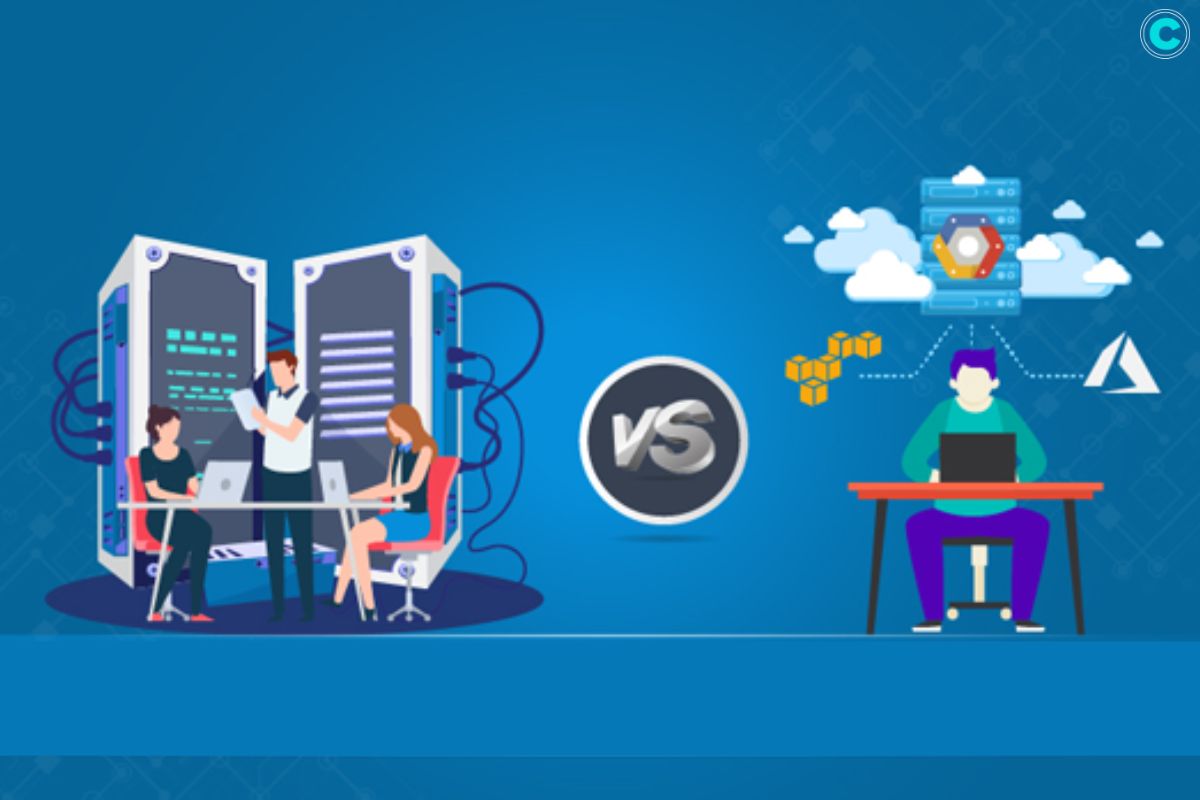When it comes to analyzing data and using machine learning, K-means Clustering is a really useful tool. It helps us organize data into different groups or clusters based on how similar they are. If you’re interested in data science, it’s important to understand how K-means Clustering works. In this article, we’ll take a closer look at K-means Clustering, including what it can be used for, how the algorithms work, and some tips for using it effectively. So, let’s jump right in and explore this fascinating technique!
What is K-means Clustering?
It is a popular unsupervised machine learning algorithm used for clustering data points into a predefined number of clusters. The “K” in K-means refers to the number of clusters the algorithm seeks to create. It operates by iteratively assigning each data point to the nearest centroid and then recalculating the centroid of each cluster until a convergence criterion is met.
How Does K-means Clustering Work?

It is an unsupervised machine learning algorithm used to partition a dataset into K distinct clusters. The algorithm follows a simple iterative process that involves the following steps:
- Initialization: Randomly select K centroids (points) in the feature space. These centroids act as the initial representatives of the clusters.
- Assignment: Assign each data point to the nearest centroid, forming K clusters. This assignment is based on the Euclidean distance between the data point and the centroids. Each data point is assigned to the cluster whose centroid is closest to it.
- Update: Recalculate the centroid of each cluster based on the mean of all data points assigned to that cluster. This step involves computing the average position of all the data points in each cluster and updating the centroid accordingly.
- Repeat: Iterate steps 2 and 3 until convergence, where centroids no longer change significantly, or a maximum number of iterations is reached. The algorithm aims to minimize the within-cluster sum of squares, also known as the inertia or distortion.
The convergence of the algorithm is achieved when the centroids stabilize, and the assignments of data points to clusters no longer change significantly. At this point, the algorithm has found a local optimum, and the clusters are considered to be well-defined.
It’s important to note that the K-means algorithm is sensitive to the initial placement of the centroids. Different initializations can lead to different clustering results. To mitigate this, various centroid initialization methods, such as K-means++, can be used to improve the quality of the clusters.
Applications of K-means Clustering
- Customer Segmentation: Identifying groups of customers with similar behaviors or preferences for targeted marketing.
- Image Segmentation: Partitioning images into meaningful regions for object recognition and image compression.
- Anomaly Detection: Detecting unusual patterns or outliers in data, such as fraudulent transactions or defective products.
- Document Clustering: Organizing documents based on content similarity for information retrieval and text mining.
- Genetic Clustering: Grouping genes with similar expression patterns to understand gene functions and regulatory networks.

Advantages of K-means Clustering
It is a popular unsupervised machine learning algorithm that aims to partition a dataset into distinct groups or clusters based on similarity. It offers several advantages that make it a widely used technique in various domains. Let’s explore these advantages in more depth:
1. Simplicity and Ease of Implementation: One of the key advantages of it is its simplicity and ease of implementation. The algorithm is straightforward to understand and can be implemented relatively easily. It follows a simple iterative process that assigns data points to clusters based on their proximity to the cluster centroids. This simplicity makes it accessible to users with varying levels of expertise and makes it suitable for large datasets.
2. Efficiency and Scalability: It is computationally efficient and scales well with the number of data points. It can handle large datasets with a large number of data points and can be easily scaled to handle even larger datasets. This efficiency is particularly beneficial when dealing with big data, where computational resources and time are crucial factors.
3. Versatility and Applicability: It is applicable to various data types and distribution shapes. It does not make any assumptions about the underlying data distribution, making it suitable for a wide range of applications. Whether the data is numerical, categorical, or a combination of both, it can be adapted to handle different types of data. Additionally, it can handle clusters of different shapes and sizes, such as elliptical clusters.
4. Interpretability and Intuitive Cluster Assignments: It provides intuitive cluster assignments based on distance metrics. Each data point is assigned to the cluster with the closest centroid, based on the distance between the data point and the centroid. This allows for easy interpretation and understanding of the resulting clusters. The cluster assignments can provide insights into the relationships and similarities between data points, aiding in data analysis and decision-making processes.
Common Challenges and Best Practices
Despite its simplicity and effectiveness, it has some limitations and challenges:
- Sensitivity to Initial Centroids: The choice of initial centroids can affect the final clustering outcome. Multiple random initializations and selecting the best clustering solution based on an evaluation metric can mitigate this issue.
- Determining the Optimal K: Selecting the appropriate number of clusters (K) is crucial and often requires domain knowledge or empirical evaluation using techniques like the elbow method or silhouette score.
- Handling Outliers: K-means is sensitive to outliers, which can significantly impact cluster centroids. Preprocessing techniques such as outlier detection and removal or robust clustering algorithms may be necessary.
- Dealing with High-Dimensional Data: In high-dimensional spaces, the Euclidean distance metric may become less meaningful. Dimensionality reduction techniques or alternative distance measures like cosine similarity can address this issue.

FAQs
Is K-means Clustering suitable for large datasets?
Yes, it is efficient and scales well with the number of data points, making it suitable for large datasets.
How can I determine the optimal number of clusters (K)?
The optimal number of clusters can be determined using techniques like the elbow method or silhouette score, which evaluate clustering performance for different values of K.
Can K-means Clustering handle categorical data?
No, K-means Clustering is designed for numerical data and may not be suitable for categorical variables. Preprocessing techniques like one-hot encoding or using alternative clustering algorithms may be necessary for categorical data.
What are some alternatives to K-means Clustering?
Alternatives to K-means Clustering include hierarchical clustering, DBSCAN (Density-Based Spatial Clustering of Applications with Noise), and Gaussian Mixture Models (GMM).
How sensitive is K-means Clustering to outliers?
K-means Clustering is sensitive to outliers, as they can significantly affect cluster centroids. Preprocessing techniques like outlier detection and removal or robust clustering algorithms can help mitigate this sensitivity.
In conclusion, K-means Clustering is a versatile and widely-used algorithm for unsupervised learning tasks, offering simplicity, efficiency, and interpretability. By understanding its principles, applications, and best practices, data enthusiasts can leverage K-means to uncover meaningful insights and patterns within their datasets.






